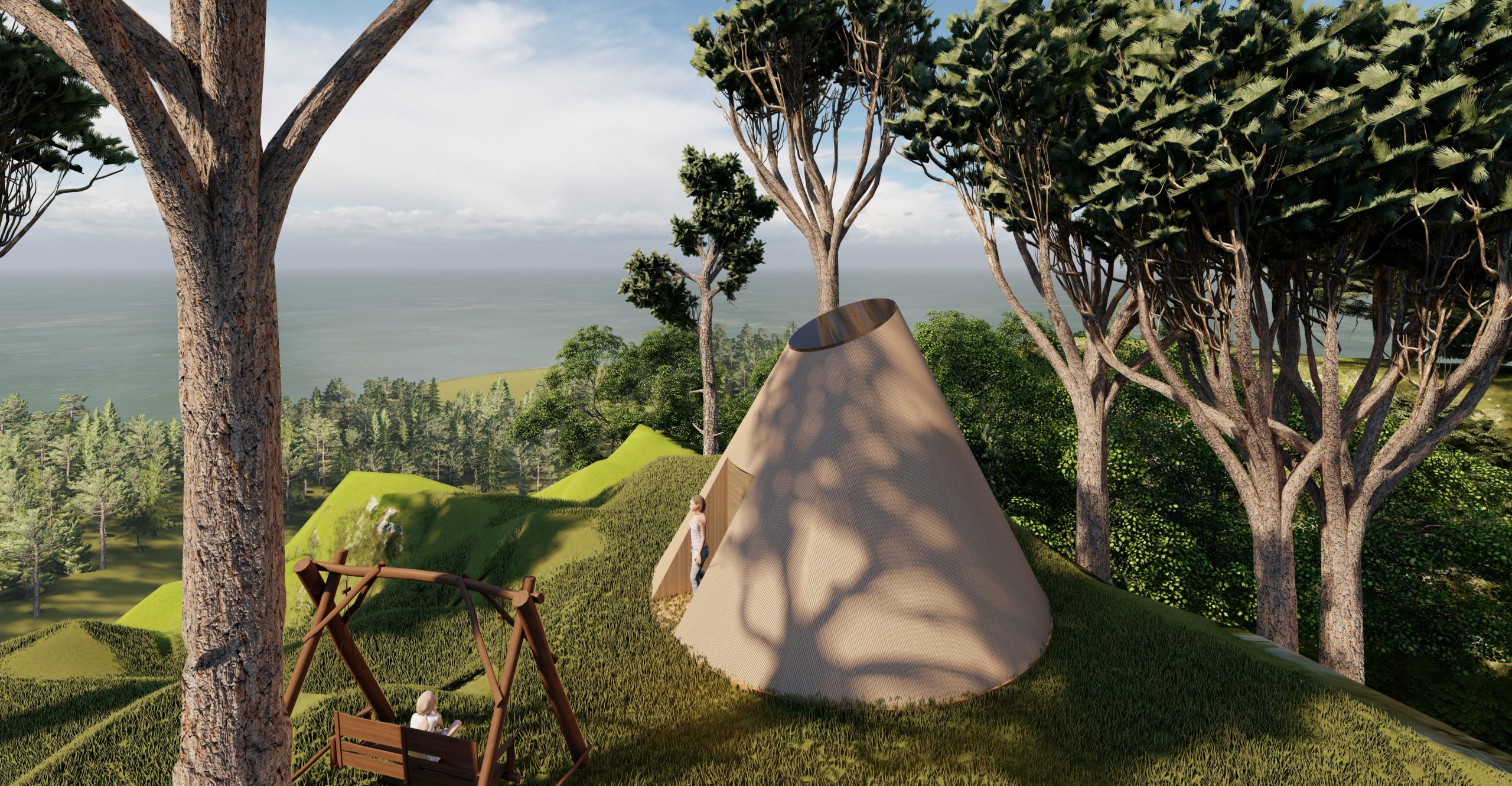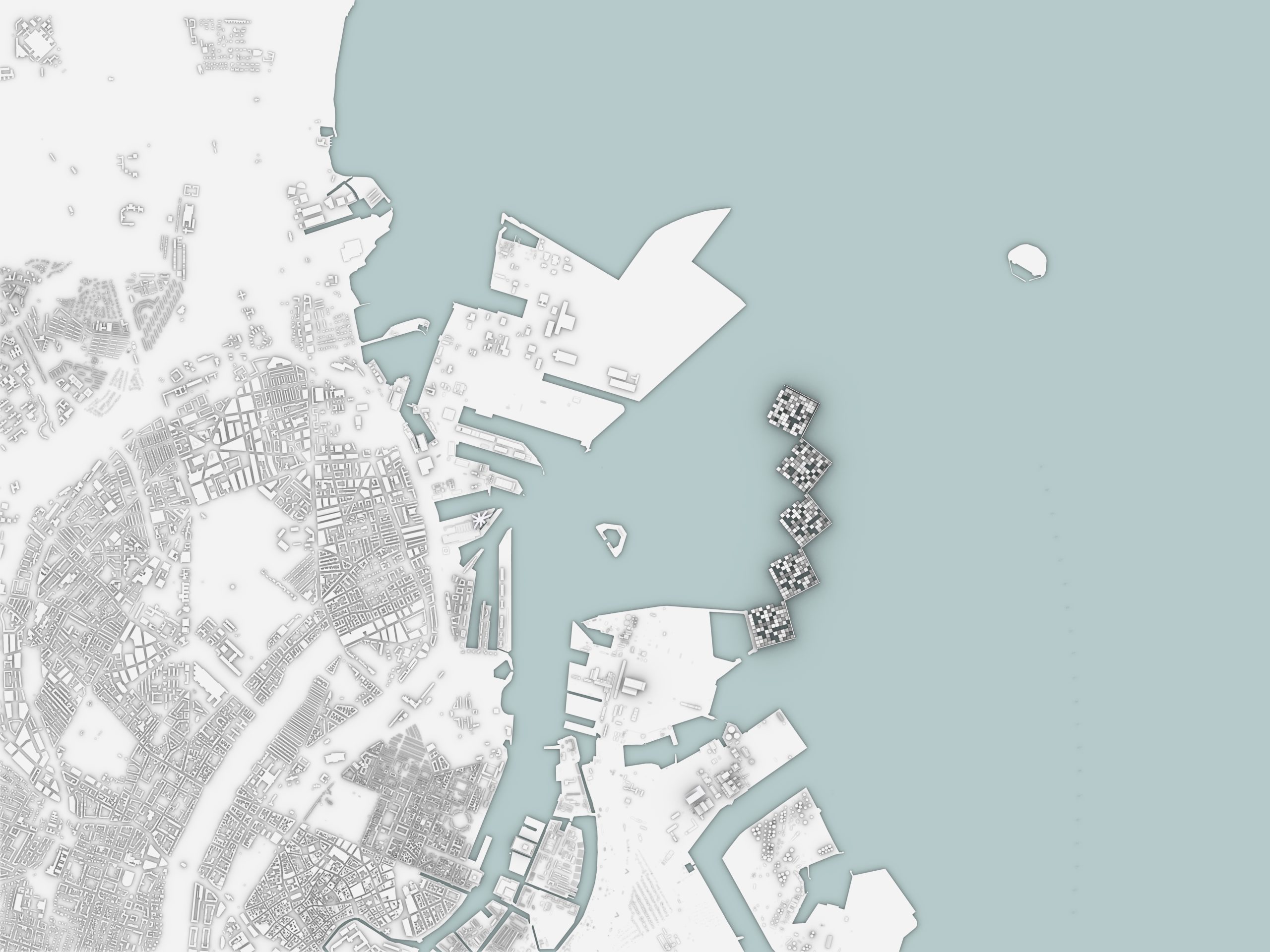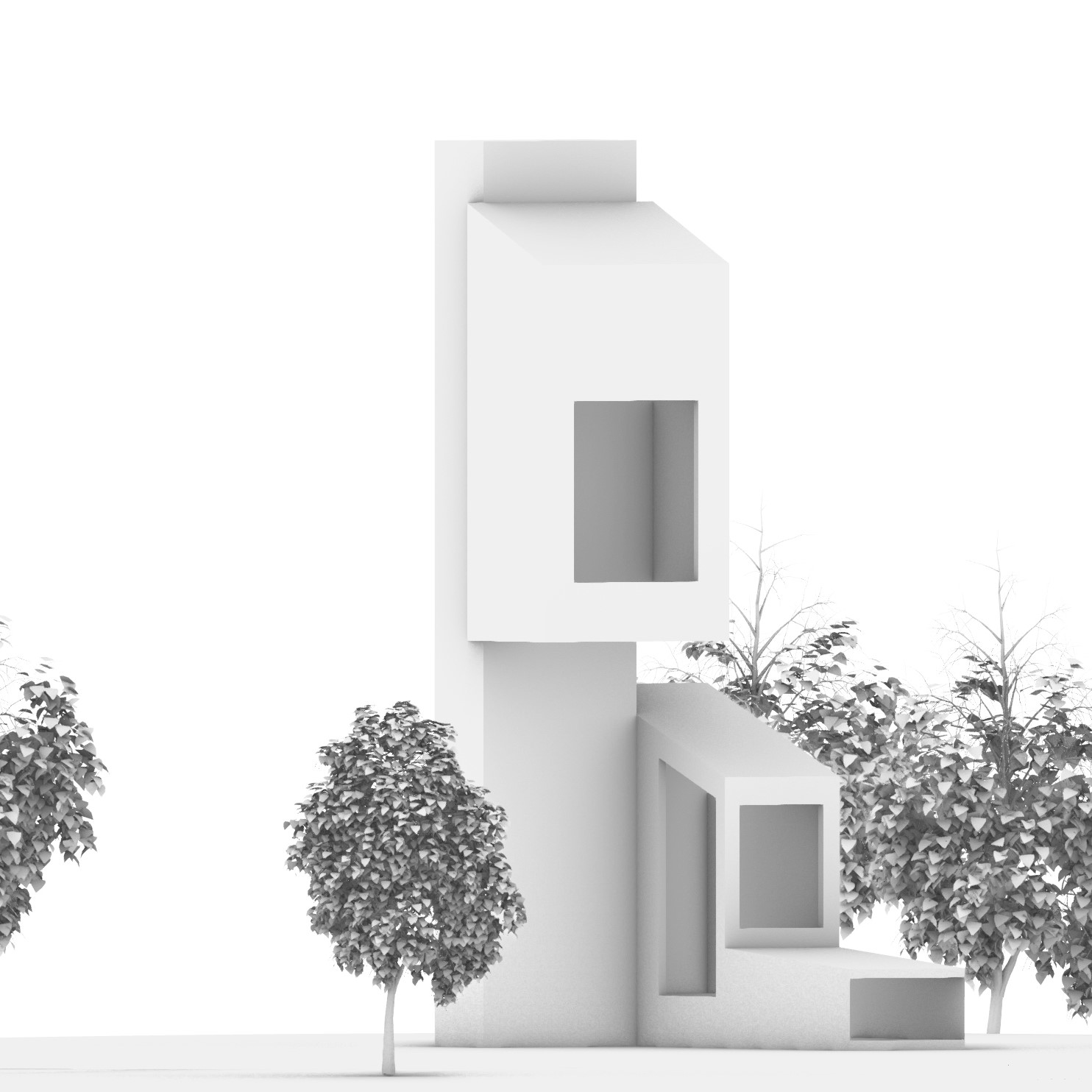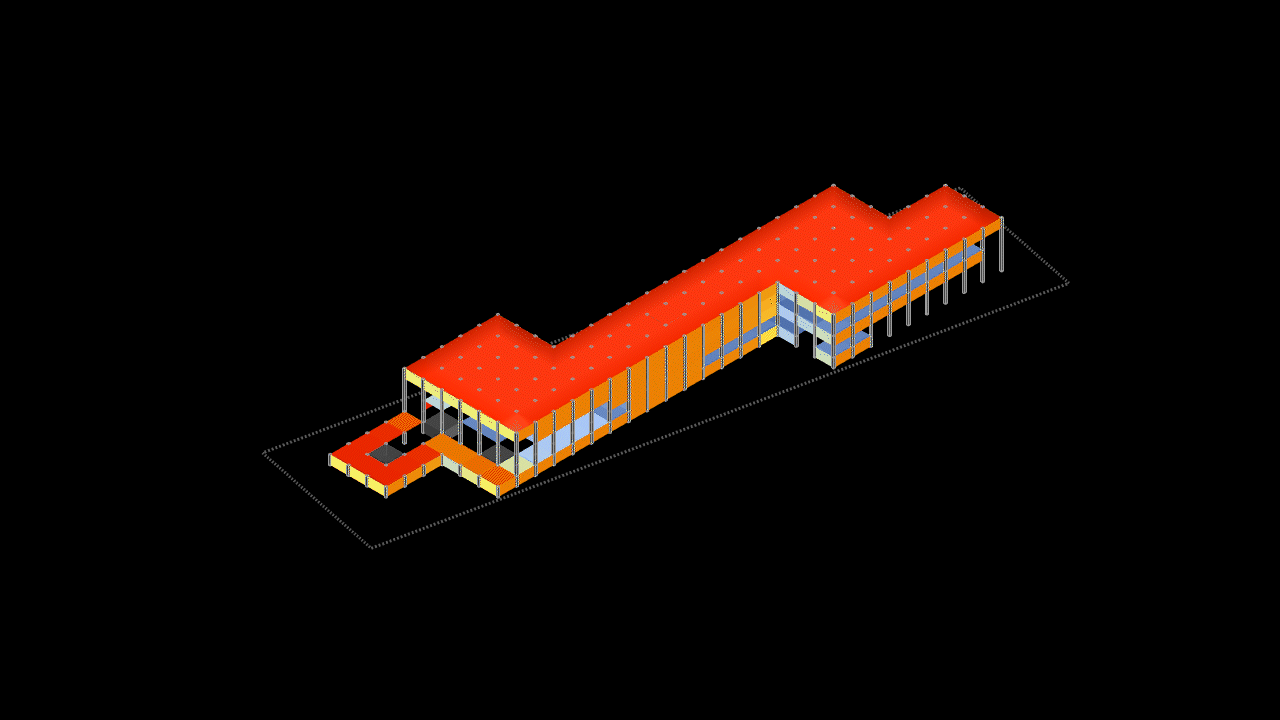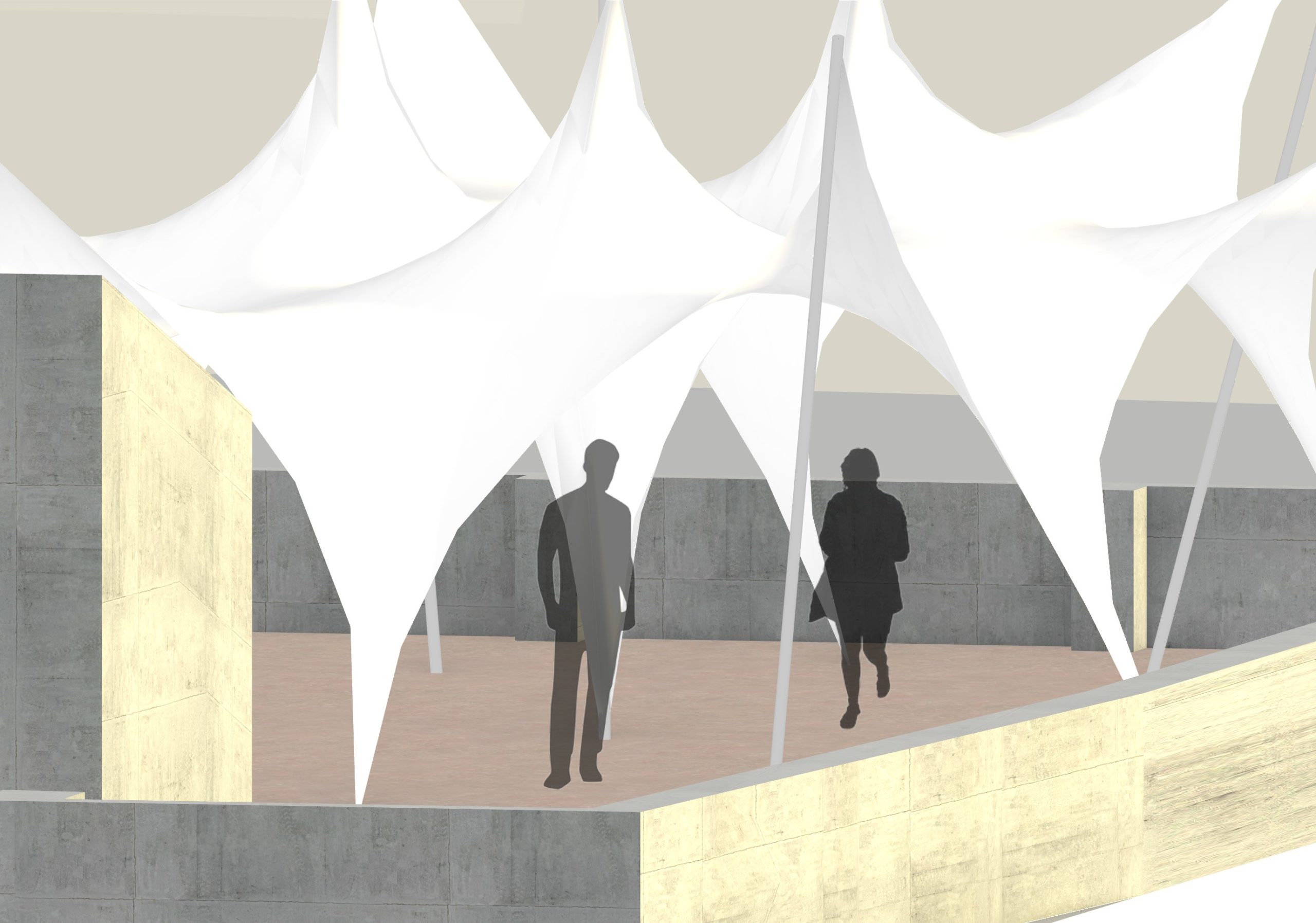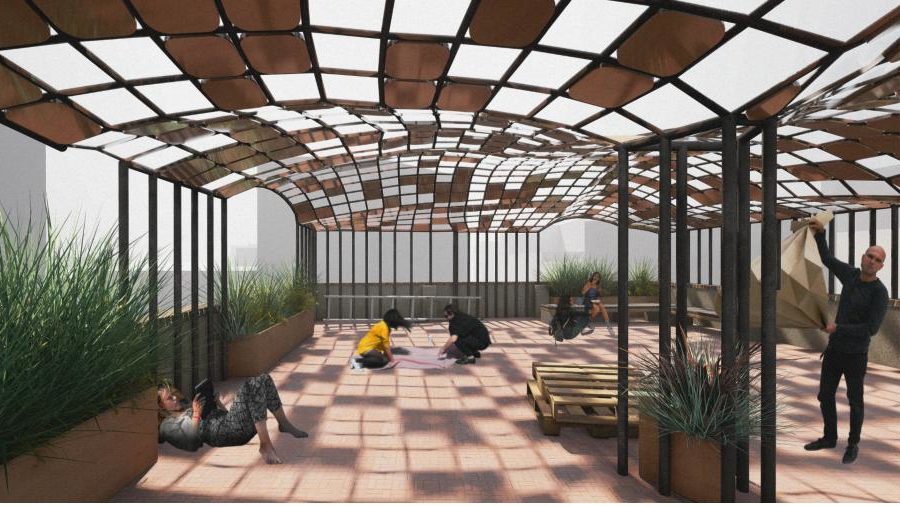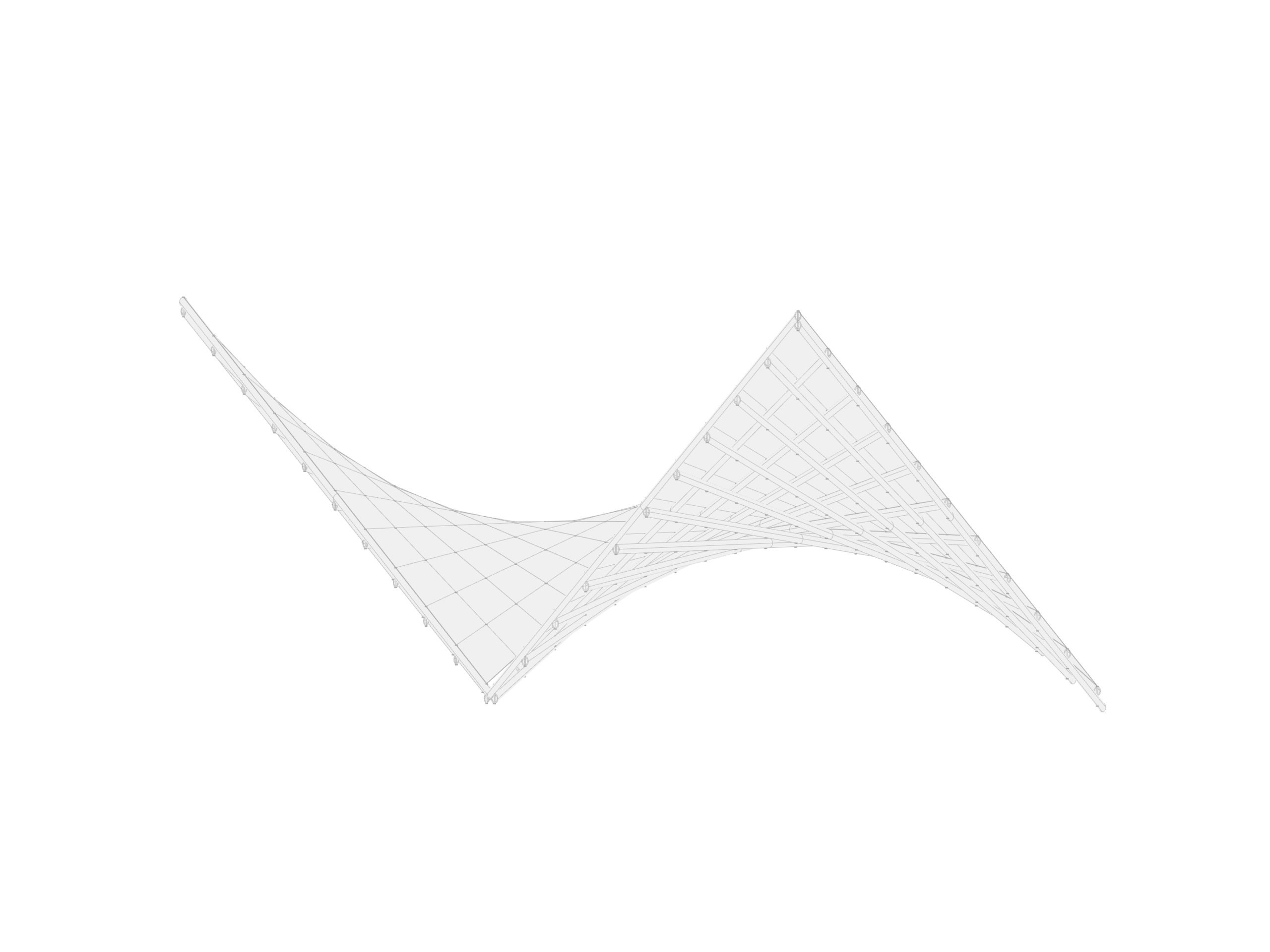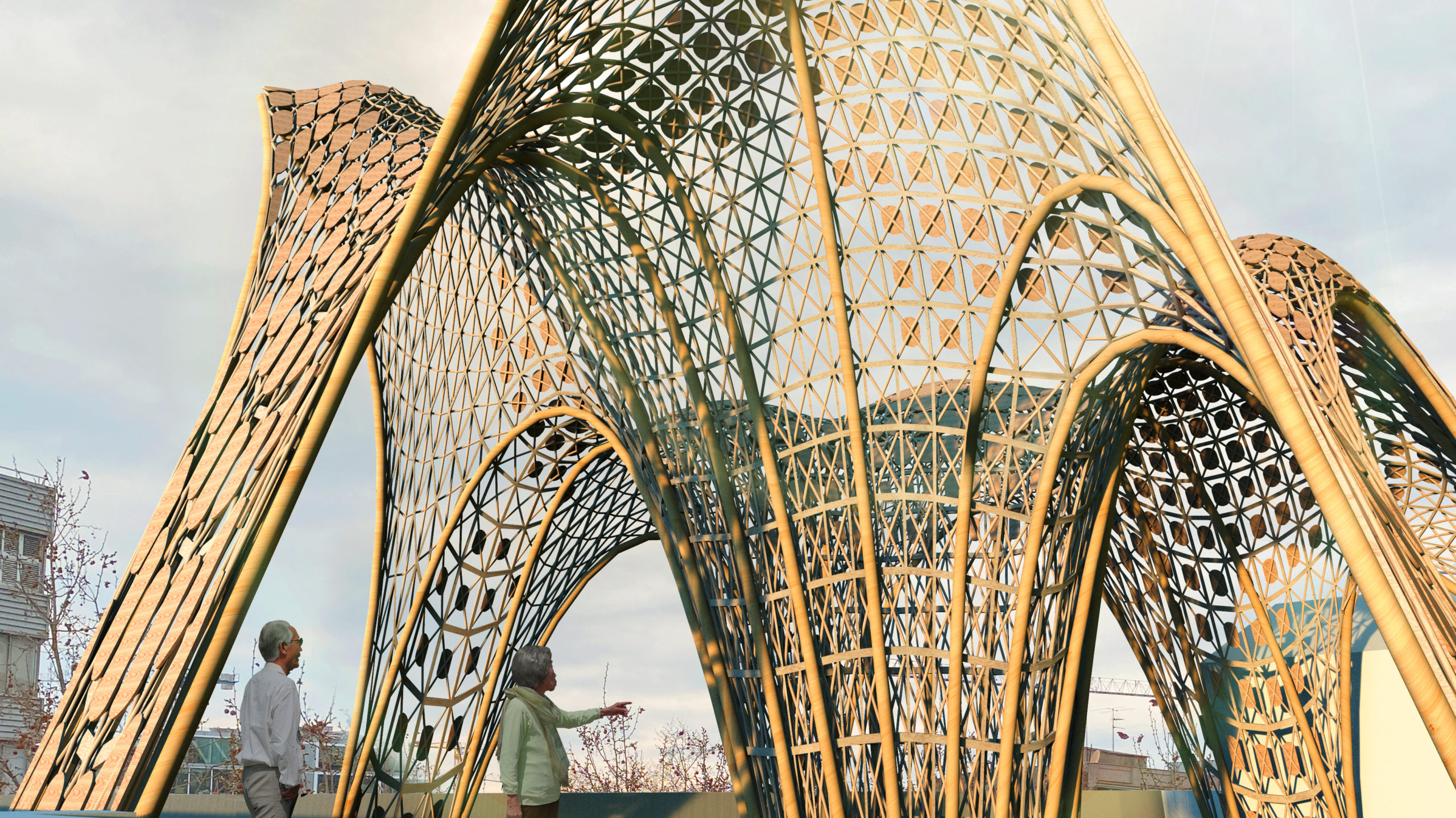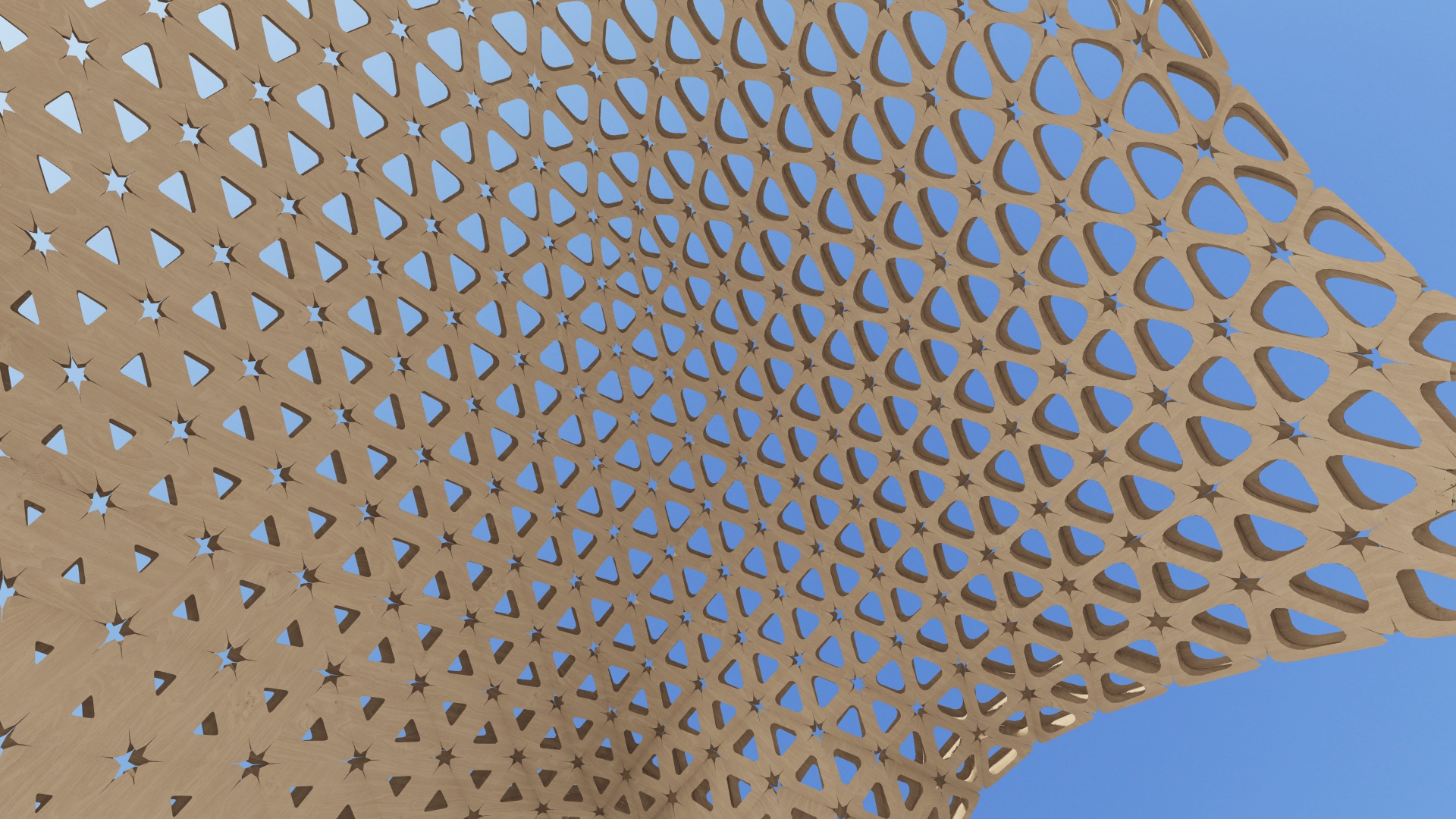Computational design lies at the core of innovation in architecture and design nowadays. Increasingly the tools that we now use to design have expanded the range of our options to design, allowing for performance and complexity, and extending beyond the three dimensional space into a virtually limitless parametric realm of different versions of the design intent upon which to choose from.

By being able to effectively set up a parametric model, navigate these options and confronting them with analytical tools that are embedded in the design process, designers are able to take better informed decisions in order to create projects that are complex and performative by whichever metrics the designer wishes to challenge them with.
For this purpose, Grasshopper has significantly become the standard for computational design, not only within academia but across many trades and disciplines that encompass the creating process, providing easy access to algorithmic thinking and a large ecosystem of plugins that enables an easy access to a broad range of tools for advanced design.
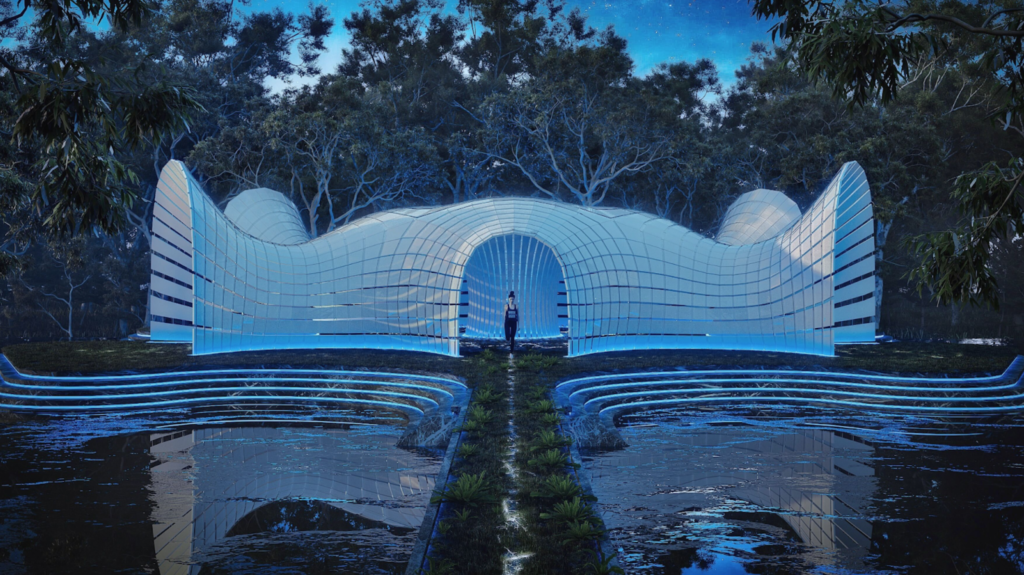
The Computational Design I Seminar is divided in two groups according to the grasshopper level of the students.
Group A – Mastering the basics. The course focuses on teaching the fundamentals of visual scripting through Grasshopper while exploring the most basic concepts of computational design. From the generation of geometry as data into how to manage multiple geometrical information algorithmically, students become proficient in algorithmic thinking in order to navigate fluently in the complexity of geometrical data.
Learning Objectives
- Learn how to navigate fluently in the Grasshopper environment;
- Learn the basics of visual programming and algorithmic thinking;
- Understand fundamental concepts of computational design and geometry;
- Create parametric models defining inputs and outputs;
- Learning the fundamentals of data trees and data management in grasshopper.
Group B – Developing the skills. Students that have enough grasshopper experience focus on developing their skills further by visiting advanced concepts of parametric design and learning the most recently developed tools to aid the algorithmic process. This course aims to solidify the ground of the basics of grasshopper while amplifying already existing concepts into more advanced notions that can be put into practice.
Learning Objectives
- Obtain a deeper knowledge of algorithmic design concepts and parametrisation of geometry;
- Obtain a deeper knowledge of data management in grasshopper;
- Learn in deep about the parameterisation of complex geometries;
- Learn about the most recent workflows for complex modelling;
- Understand the notions and practical use of optimisation algorithms.





